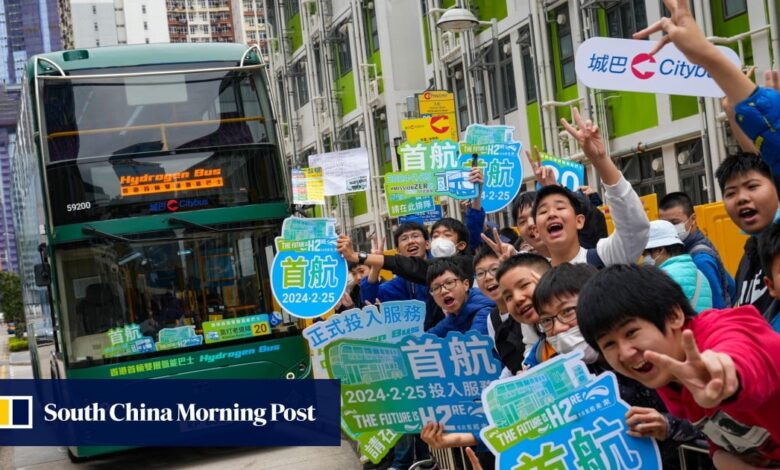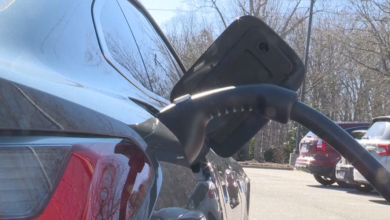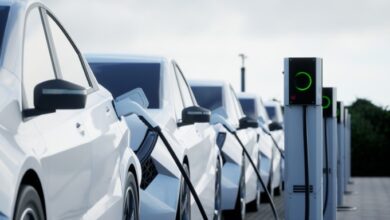Letter | Electric or hydrogen-powered buses? Hong Kong needn’t choose

It is true that at the current interim stage, hydrogen-powered vehicles worldwide usually rely on grey hydrogen, produced from natural gas or as a by-product of processes in the chemical industry. However, when total emissions from source to transportation to end-use are considered, the carbon intensity of grey hydrogen is lower than that of coal-generated electricity.
As such, the life-cycle carbon footprint issues associated with electric vehicles in Hong Kong, including the carbon intensity of electricity generation and pollution from battery disposal, are of more concern than the environmental issues related to hydrogen-powered vehicles.
Green hydrogen should be the long-term goal; the current issues of its limited supply and high cost are expected to be resolved with technological advancements and strong research efforts by energy companies. However, waiting for green hydrogen before developing hydrogen vehicles would slow progress, because early adoption helps drive down prices, as the solar photovoltaic industry has demonstrated.
Energy efficiency should be measured in terms of life cycle. Although electric power may be more efficient at the end-user level, significant energy is lost at coal power plants. The heavier lithium batteries in electric buses also decrease the effective payload due to the energy consumed by the batteries themselves.
Hydrogen buses also have advantages in refuelling time (10+ minutes) and driving range compared to electric buses, which take hours to recharge. This provides operational benefits. Moreover, hydrogen buses are unaffected by power supply issues, ensuring service continuity in an emergency.
In reality, both electric and hydrogen buses have advantages and can complement each other on different routes. Their coexistence is beneficial for achieving zero-carbon transport in Hong Kong. Rather than assert that one technology is necessarily better, it is important that the best emission reduction solutions for Hong Kong’s transport sector are found through research and trials.
Colin Tam, member, Council for Carbon Neutrality and Sustainable Development, and founding honorary adviser, Hong Kong Hydrogen Alliance
Rising popularity of EVs is good news
Analysis by the International Council on Clean Transportation found that a medium-sized electric car can reduce carbon emissions by 19-69 per cent compared to a fossil-fuel-powered car. In addition, if the vehicle is powered by electricity generated entirely from renewable sources, greenhouse gas emissions can be lowered by up to 81 per cent.
In addition to electric cars, we might also want to consider trams as an environmentally friendly form of transport and do more to promote their use. It would be better for our city if more car owners chose to take the tram instead.
Angel Poon, Kwai Chung
Heed lessons from Dubai floods
This unfortunate event highlights the importance of investing in resilient infrastructure, including effective drainage systems, to mitigate the impact of extreme weather events. The rapid growth that Dubai has achieved should be accompanied by comprehensive planning that includes consideration of climate-related risks.
Moreover, this incident underscores the urgent need for global action on climate change. As extreme weather events become increasingly common worldwide, it is imperative that we address the causes and work towards reducing greenhouse gas emissions.
As individuals, we can take steps to reduce our carbon footprint and adopt sustainable practices. By conserving energy, using public transport or simply walking, the even healthier option that I prefer in Hong Kong, and choosing renewable energy sources, we can contribute to mitigating climate change.
Furthermore, advocating for comprehensive waste management policies at the community and governmental levels is important. This includes promoting the development of recycling infrastructure, implementing waste reduction initiatives, and supporting solutions such as composting and circular economy models.
Ultimately, the lessons from Dubai’s disaster, as well as similar events in other parts of the world, should inspire us to take proactive steps to protect our cities and communities from the adverse effects of climate change.
Ilnur Minakhmetov, Yau Ma Tei



